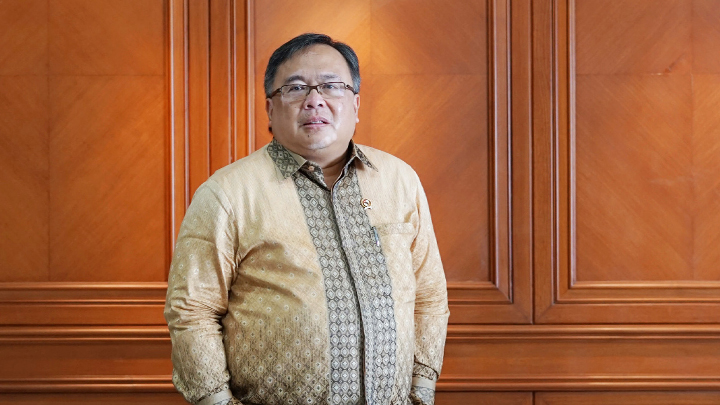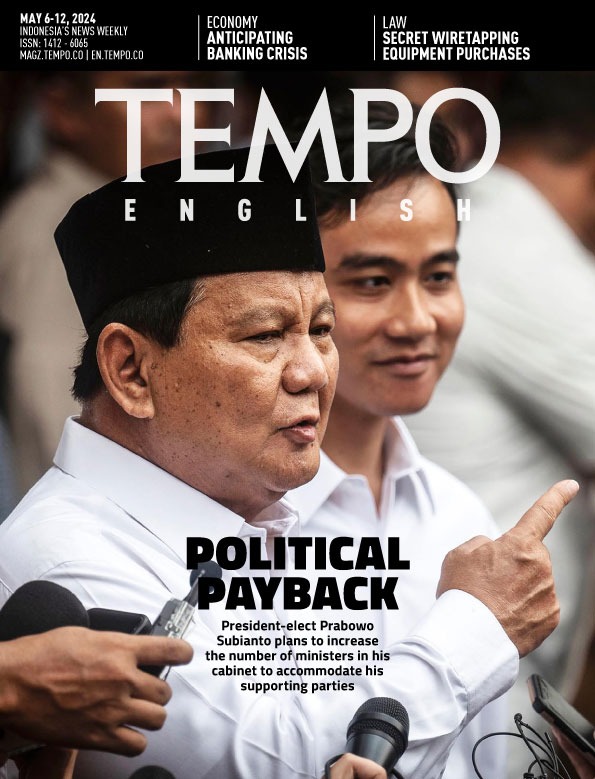Bambang P.S. Brodjonegoro, Minister of Research and Technology/Head of National Research and Innovation Agency: Phytopharmaceuticals will Soon be in the BPJS Kesehatan
Monday, October 19, 2020
arsip tempo : 171516892836.

ALTHOUGH Indonesia has an abundance of herbal wealth, only 24 medicines so far have the clinched the status of phytopharmaceutical, meaning that they are equivalent to chemically-based medicines because they have passed pre-clinical and clinical tests. Bambang P.S. Brodjonegoro, Minister of Research and Technology/Head of National Research and Innovation Agency, explained about obstacles in developing phytopharmaceuticals and the government’
...
Subscribe to continue reading.
We craft news with stories.
 For the benefits of subscribing to Digital Tempo, See More
For the benefits of subscribing to Digital Tempo, See More








